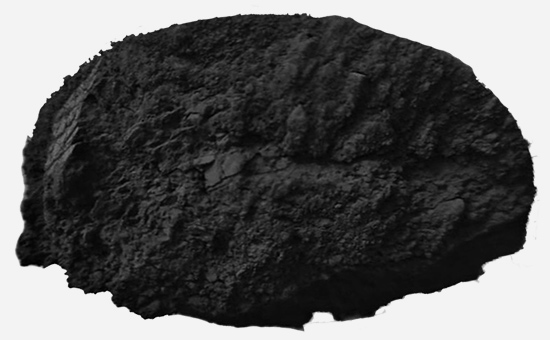
When using recycled rubber as the main raw material to produce rubber sealing products, the selection of rubber reinforcing agent is very important, which can not only significantly improve the mechanical properties of the rubber compound, such as tensile strength, tensile stress, tear strength, wear resistance, etc., but also reduce heat generation and compression deformation, endow the rubber with good heat resistance, corrosion resistance and other special properties, and improve the processing performance and aging resistance of the rubber compound. What are the commonly used reinforcing agents in the production of reclaimed rubber sealing products? What are the performance characteristics? What are the issues that need to be paid attention to when using it?
1. Carbon black
Carbon black is the most commonly used reinforcing agent in the production of recycled rubber sealing products, and the reinforcing effect is remarkable, which can not only improve the mechanical strength of the rubber material, but also give the product corrosion resistance, tear resistance, heat resistance, cold resistance, oil resistance and some special properties. The smaller the particle size and the larger the specific surface area of carbon black, the better the reinforcing effect. The higher the structural properties of carbon black, the higher the viscosity, tensile stress and hardness of the rubber E4LYY1025. When using reclaimed rubber to produce rubber sealing products, it is necessary to select the appropriate variety of carbon black according to the actual needs; For example, in the formula of oil-resistant recycled rubber products, you can choose carbon black varieties that can increase oil resistance, and pay attention to uniform dispersion when using to avoid agglomeration and affect performance.
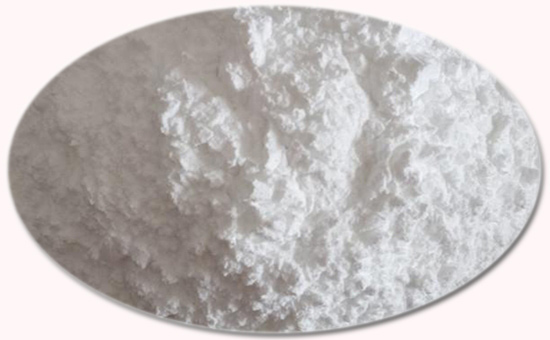
2. White carbon black
The reinforcing effect of silica in rubber products is better than that of other white reinforcing agents, and the reinforcing properties are related to its specific surface area, structural and surface chemical properties. When silica reinforcing agent is used in recycled rubber sealing products, the hardness, tensile stress, tensile strength, tear strength, wear resistance and adhesive strength of the rubber are significantly improved, but the viscosity of the rubber increases and the fluidity deteriorates. Adding an appropriate amount of silane coupling agent to silica can reduce the viscosity of the reclaimed rubber compound, improve the tensile properties of the rubber compound, and improve the permanent deformation and elasticity of the vulcanized rubber.
3. Calcium silicate
The reinforcing properties of calcium silicate on rubber are second only to silica, which can improve the tensile strength, tear strength and wear resistance of the rubber, but it is difficult to disperse and generate large heat, which can make the rubber firm and have a delaying effect on vulcanization.

4. Light magnesium carbonate
Light magnesium carbonate is a monoclinic crystalline amorphous powder, the reinforcing effect in rubber is equivalent to that of hot-cracking carbon black, vulcanized rubber has good heat resistance and low heat generation, but the dispersion is poor, and the rubber is easy to scorch.
5. Activated calcium carbonate
Activated calcium carbonate is composed of fine-grained calcium carbonate and stearic acid, which is a commonly used reinforcing agent and filler in the production of recycled rubber sealing products.
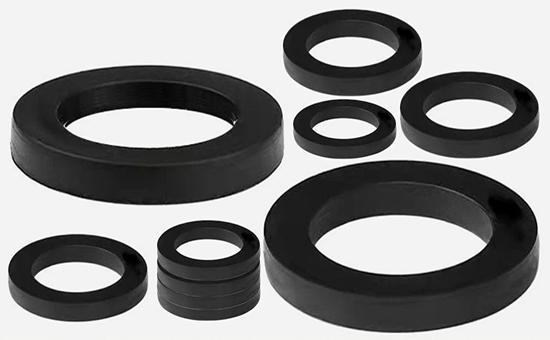
6. Zinc oxide
When reclaimed rubber produces rubber sealing products, zinc oxide can not only be used as a vulcanizing active agent, but also as a reinforcing agent, and the reinforcing performance is close to that of clay, which can improve the viscosity of reclaimed rubber and improve the thermal conductivity of reclaimed rubber vulcanized rubber. However, zinc oxide has high relative density, high cost and small shrinkage of rubber compound, which can reduce shrinkage cracking when rubber and metal are bonded. In the production of recycled rubber sealing products, zinc oxide can be added if the product has requirements for thermal conductivity or needs to be used in conjunction with metal parts. When using, it is necessary to comprehensively consider the cost and performance requirements, and reasonably determine the addition amount.
Activated zinc oxide is formed by the reaction of sulfuric acid and zinc oxide, which can be used as a reinforcing agent for white and light-colored recycled rubber sealing products.
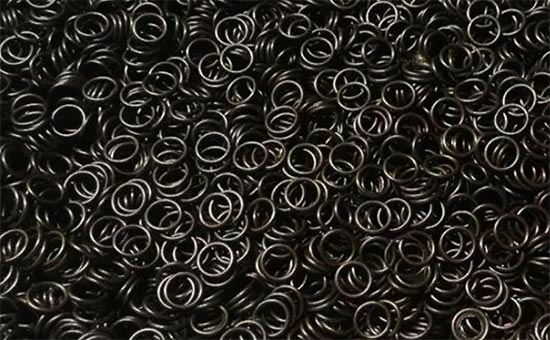
7. Magnesium oxide
Magnesium oxide can not only be used as a vulcanizing agent and active agent, but also as a reinforcing filler. When using nitrile rubber and nitrile reclaimed rubber to produce heat-resistant rubber seals, magnesium oxide can be used as a reinforcing agent, and 100 parts of magnesium oxide are added to NBR vulcanized rubber, which can withstand heat at 177 °C.
8. Clay
The chemical composition of clay is aqueous aluminum silicate, which contains clay rubber with good processability, smooth extrusion, can increase the stiffness of the rubber and reduce the shrinkage, but it is easy to delay vulcanization. Hard clay with finer particles has a certain reinforcing effect; Soft clay is a filler; Activated clay is treated with water glass and stearic acid, which can improve the tensile strength and tensile strength of the rubber compound, and can reduce heat generation and compression set. In the production of recycled rubber sealing products, the appropriate type of clay can be selected according to the requirements of the products for processing performance and strength, and the vulcanization system should be adjusted when using.
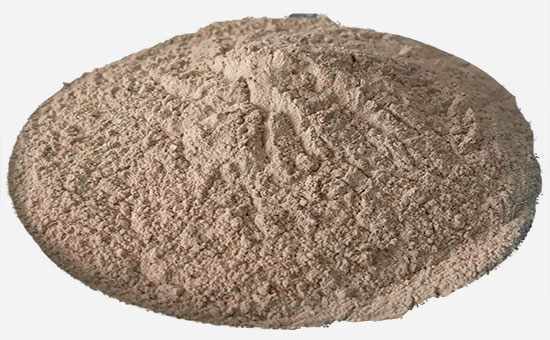
Other reinforcing fillers will also be used in the production of recycled rubber sealing products, such as talcum powder has a reinforcing effect on EPDM rubber, and barium sulfate can improve the tear strength of rubber and reduce permanent deformation. Reclaimed rubber can produce O-rings, sealing gaskets, sealing strips and other rubber sealing products for different use occasions, when designing the reinforcement system, we must choose the appropriate reinforcing agent according to the specific requirements of the product, and continue to discuss related issues with you in the future.
Exclusive original article [commercial authorization] reprint, excerpt and excerpt in any form are prohibited without written authorization. Focus on Hongyun rubber: learn the process formula and raw material technology of producing rubber products from recycled rubber to help you reduce costs and increase profits